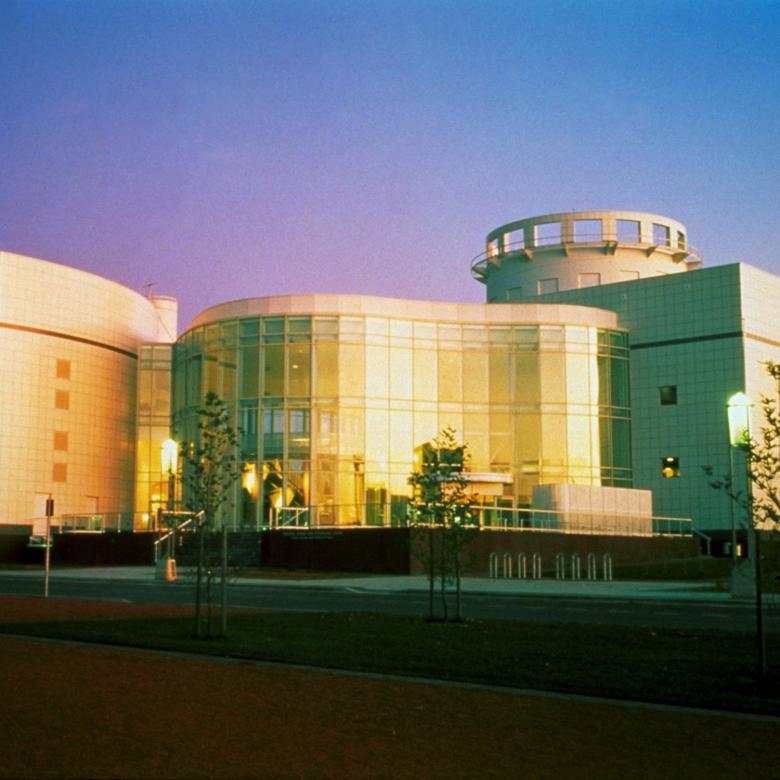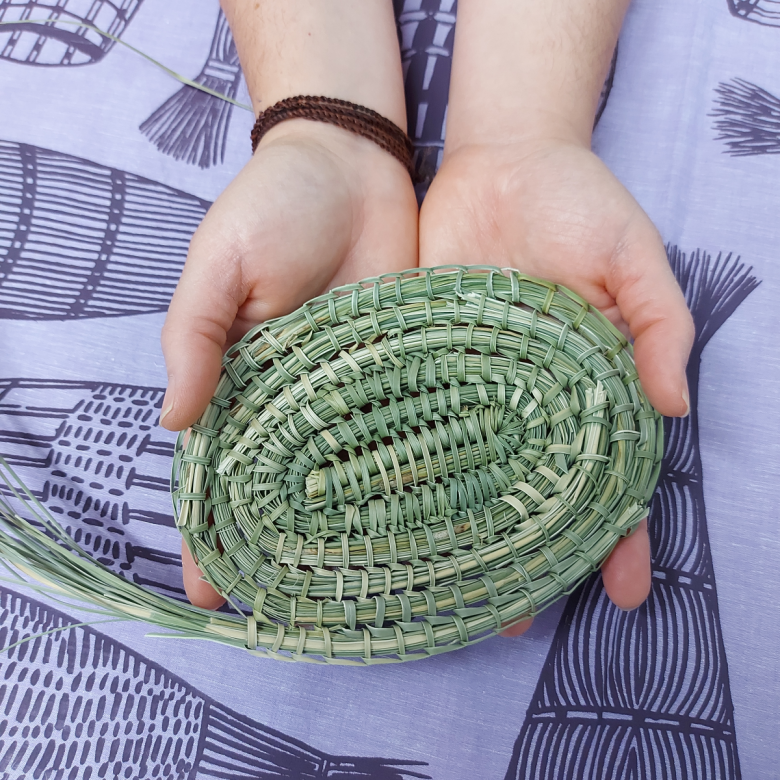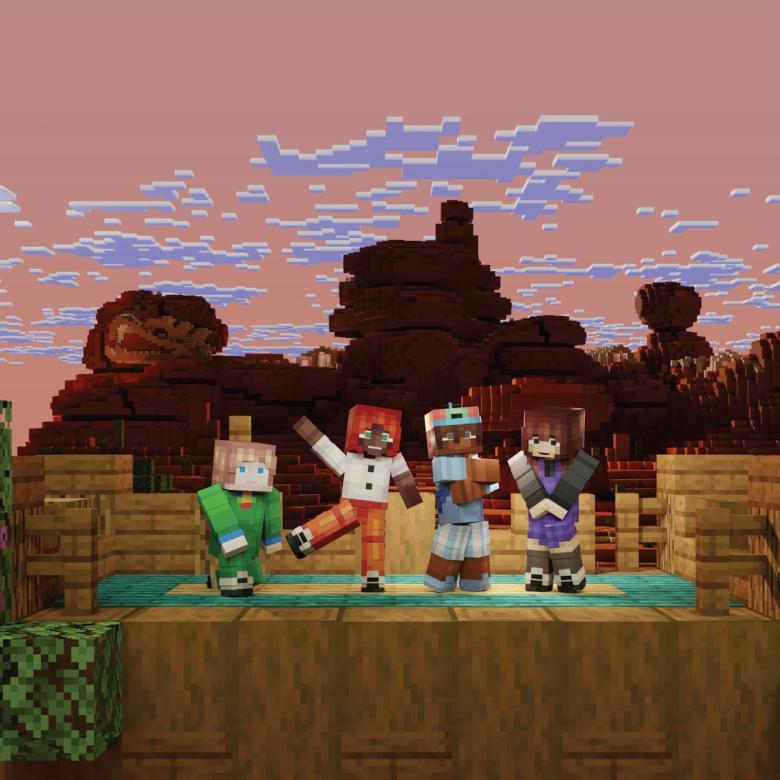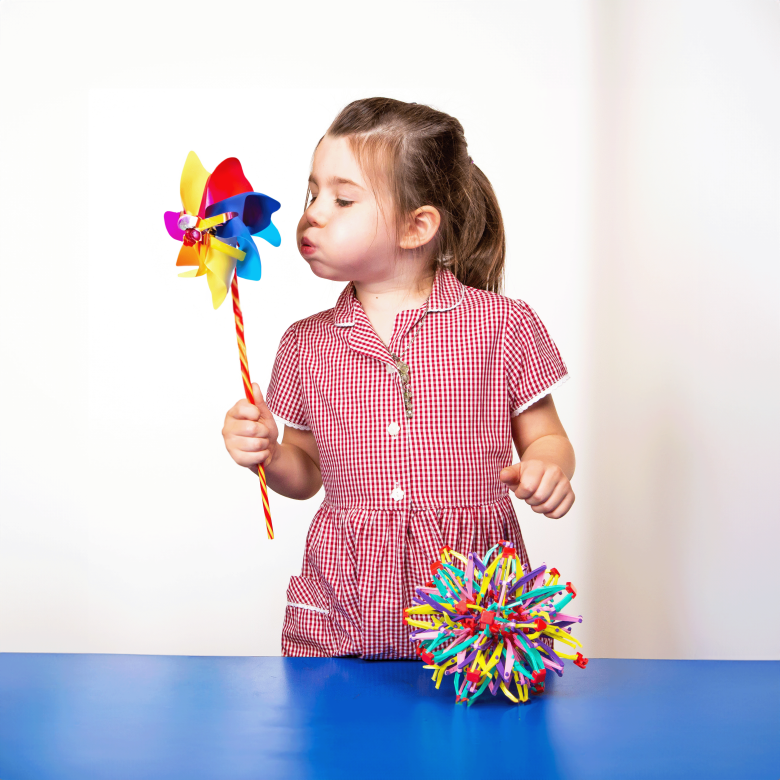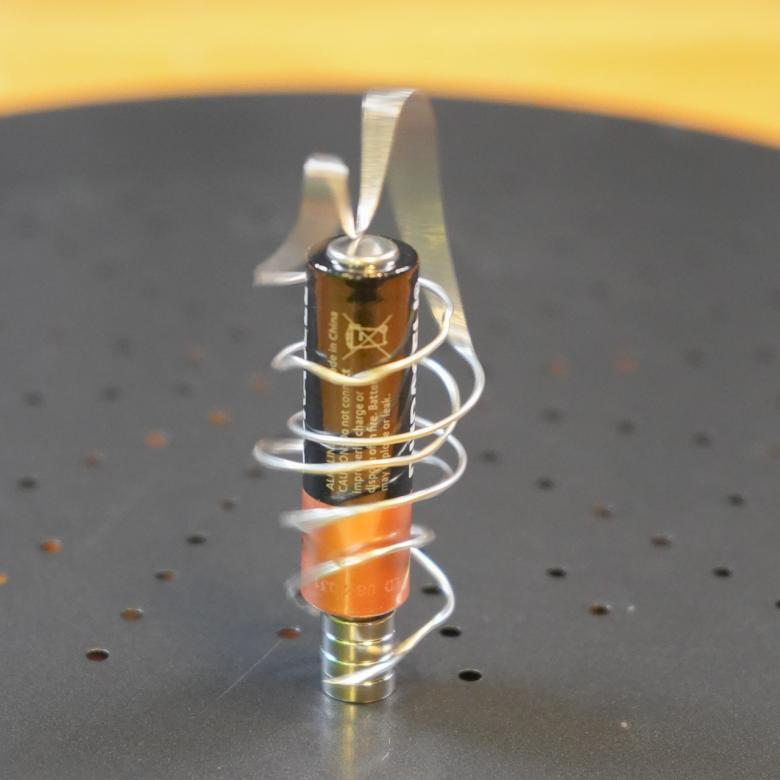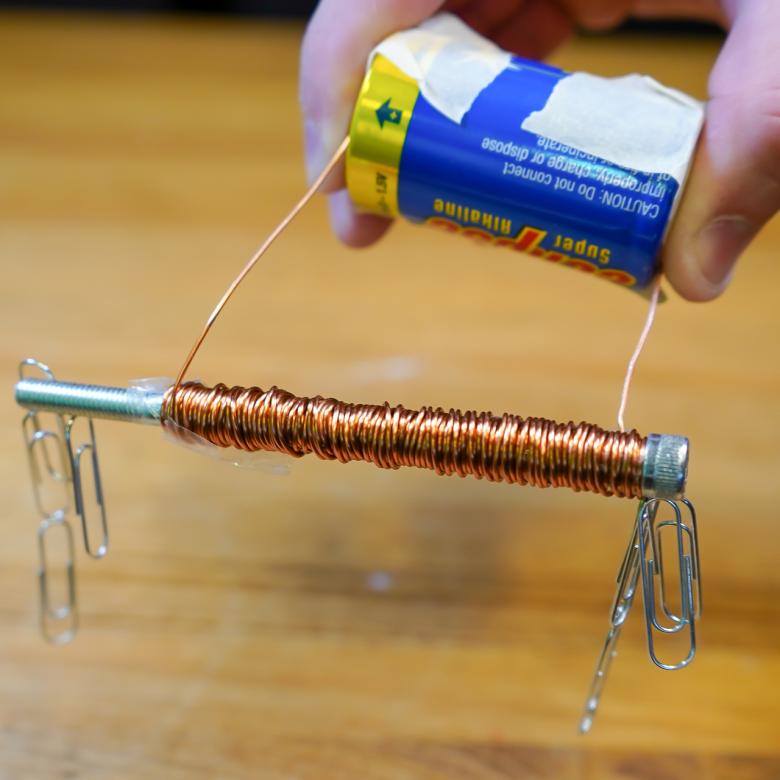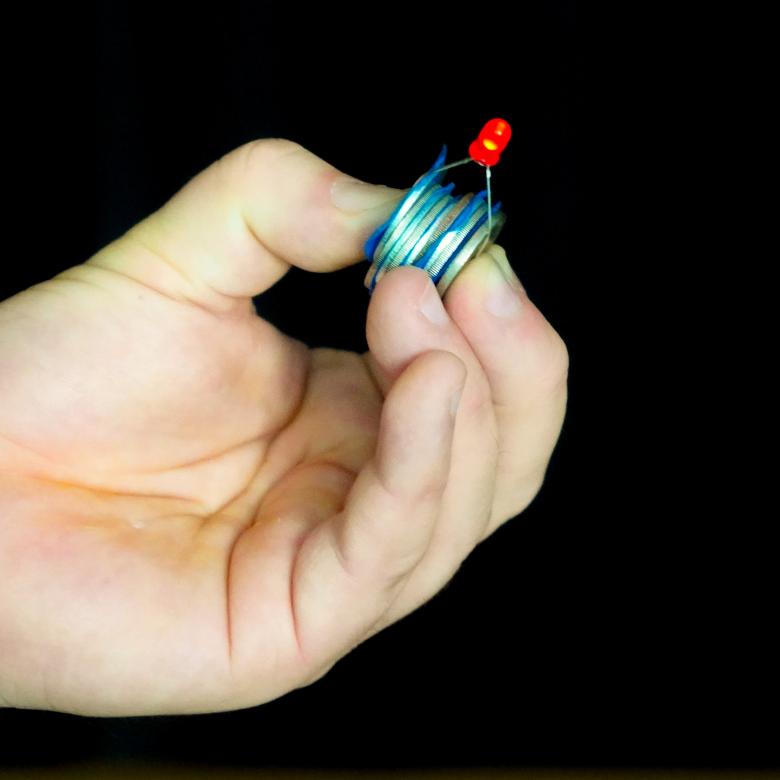Did you know it can take 10,000 litres of water to produce a pair of jeans?
Australian innovator Gary Cass created a new sustainable fashion material – by accident! This happy accident lets him make fabric out of beer, wine and coconut water.
The material, Plant-Free™ cellulose, came to life after a vat of wine was contaminated with the wrong type of bacteria. As the bacteria fermented the wine, it made a slimy, sludgy material. This material turned out to be very similar to cellulose, which is the part of cotton that allows it to be made into fabric.
Growing and processing cotton and other fabric fibres, such as wool, uses a lot of water. But Plant-Free cellulose is different – making it uses only a small amount of water. This means it could be a game-changer in sustainable fashion.
So how exactly does a fermenting failure turn into a sustainable success?
The contaminated wine had turned to vinegar and was undrinkable. Gary noticed the slimy, sludgy material created by the bacteria and was intrigued. He found it was similar to cellulose, and started researching whether it could replace traditional sources of cellulose – which use a lot of water.
Gary talked to a fashion designer to see if his sludge could be turned into a sustainable fabric. At first, the fabric made from the sludge was brittle, smelly, and fell apart quite easily. It also needed to be kept wet … not ideal for daily wear!
After almost 8 years of refining the fabric, Gary made the first dress. But the material was still brittle, and it took a whole day just to produce one A5 sheet.
Gary kept brewing up ideas to refine the process, and he experimented with other fermented materials. By 2015, he had developed the world’s first dress made from beer. The dress took 3 months to make, and was on show at the 2015 Milan Expo – Textifood exhibition. In 2016, Gary launched Nanollose, a company to create fermented fabrics.
If that wasn’t enough, these fermented fabrics have uses beyond fashion. Plant-Free cellulose is an alternative to soil for some small plants. For example, chefs could use Gary’s fabric to grow herbs and garnishes, without worrying about having grit throughout the dish.
Plant-Free cellulose has a similar structure to collagen, a protein found in your muscles, bones, skin, blood vessels, tendons and digestive system. Collagen is the foundation on which many organs grow, so Plant-Free cellulose could potentially be used as a base to grow cells for medical engineering.
What started as a mistake in a winery has led Gary to develop solutions that could change the world. His curiosity and persistence has driven him to help solve future problems.
Why it's important
The fashion industry uses a surprising amount of water – more than you might think! Every step of the journey uses water, from growing fibres (like cotton) and food (for livestock to provide wool and leather), to processing these fibres and turning them into fabrics and pieces of clothing. Traditional ways of growing cotton need a lot of land and water, making it an environmentally unsustainable option for the fashion industry. Finding ways to create fabrics with less water will help protect our environment and water resources, and open new opportunities for innovation and jobs.
Discover more stories about Enterprising Australians.

[intro music]
How do you get this...
[Video shows a model twirling to show off a white dress]
…From this?
[Video shows a hand holding out a bunch of dried-out grapes]
[Image shifts – Gary Cass is standing in front of a table in a workroom, the words “Gary Cass – Fermented Fashion” appear over the top of his image]
This is Gary.
[Gary waves and holds up a wine glass]
He was making some wine one day.
[Gary sips the wine and looks disgusted]
But he messed up.
[Gary tips the wine onto the table. It is congealed, and lands with a loud splat. Gary looks concerned]
He wondered, how can I fix my mistake?
[Gary looks at congealed wine and rubs chin thoughtfully.]
He then realised it can be used as a fabric.
[Gary looks up, raises a finger in the air, and a cartoon lightbulb appears above his finger.]
[Image cuts to female model in a white dress with complex design.]
[Image switches to a model in a wine-red sheath dress.]
[Image switches to a model in a different white dress with silver embellishments, who is holding a glass of white wine in one hand a bottle of wine in the other hand. The words “Find Out How” are on top of the image.]
[Image shifts to Enterprising Australians logo].
[intro music]
My name’s Gary Cass, I call myself a creative scientist. That’s someone who uses scientific objects for a creative outcome.
My invention is Fermented Fashion. That is, the first dresses in the world made from the bacterial fermentation of wine, beer and coconut water.
It happened about 20-odd years ago in a vineyard, down in the South West of Australia where I made a mistake in the winery.
I contaminated a vat of wine with some of this bacteria. Now it was a non-harmful, non-infectious bacteria and that bacteria called acetobacter converted the wine into vinegar.
The byproduct of that conversion of wine into vinegar is this slimy, sludgey material that formed on top of the vat.
Many years later, when I was working with a fashion designer Donna Frankline and we were looking at the future of fashion and trying to find more environmentally sustainable fabrics, my mind shot back to this material that I had found in the vineyard.
We did a bit of research into this material that I had found in the vineyard. We did a bit of research on this material and found that it was a cellulose product.
Now, if we know anything about cellulose and cellulose fibres, that’s what cotton is made from. So it didn’t take us too long to work out that if it was a cotton-like material, we can make garments from it.
We were having a bit of fun initially. You know, myself and Donna in the laboratory. We were putting these garments together.
We did a photoshoot, and all of a sudden, the world’s just got hold of it and it just went crazy.
So that sort of drove us on to making more garments, to try and improve the garments, making them more wearable, which we’re still doing today.
One of the other industries that we’ll look into will be the horticulture world.
We can now actually grow plants and germinate the seeds on this medium.
Nanallose’s plant-free cellulose fibres are very similar, physically, to collagen fibres.
We’ve now found that we can grow eardrum cells, liver cells, human and muscle cells, on our fibre.
So all of a sudden we’re going to try and see if we can use our plant-free cellulose as a scaffold for regenerative tissue engineering.
Within the next year or two, we would like to get our plant-free cellulose fibres out into the fashion world.
We want the world to be wearing our garments.
I believe that it’s not what you know and how much you know, but on your ability to be creative. It’s these creative people that will be the problem-solvers of the future.


